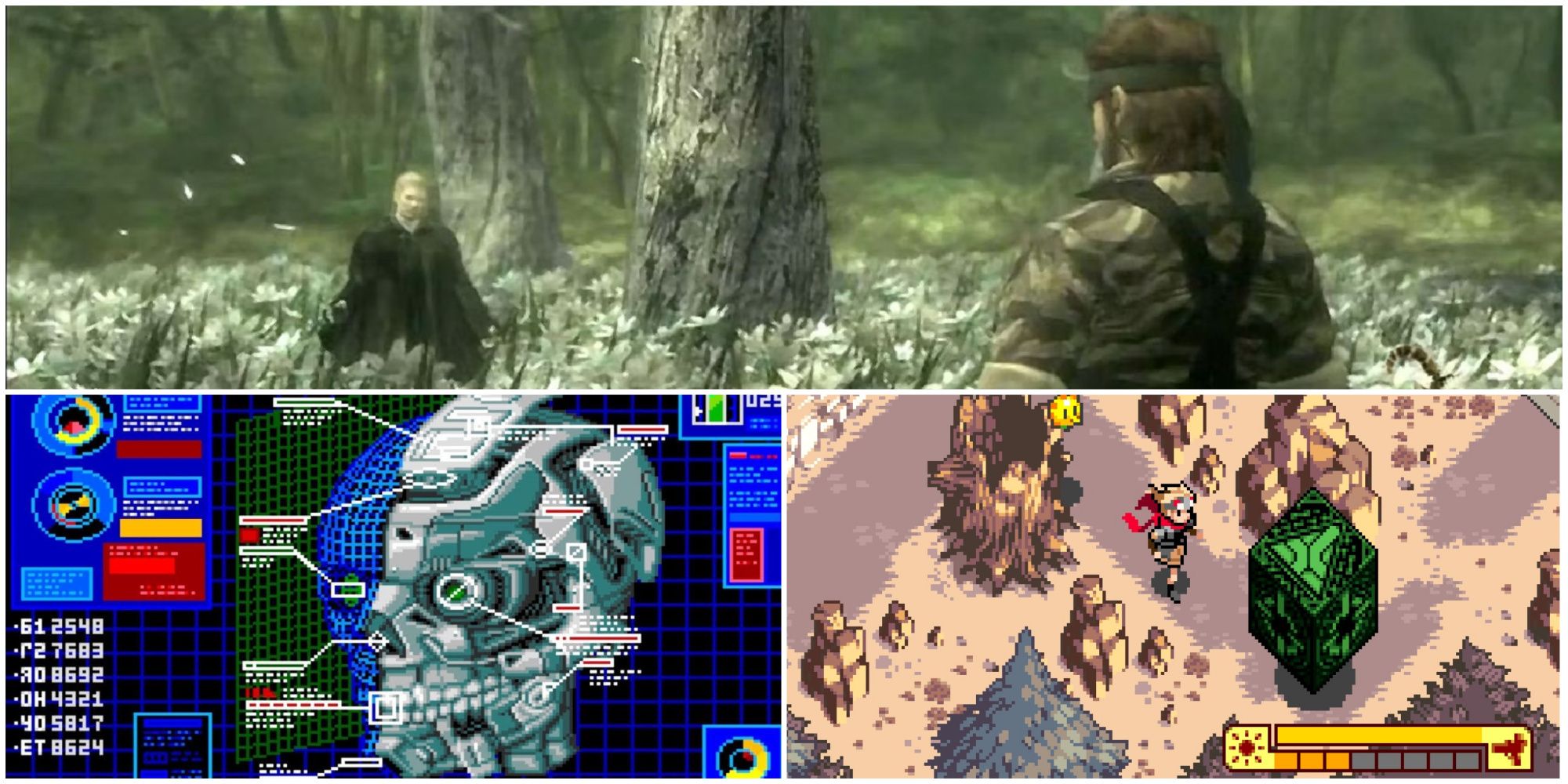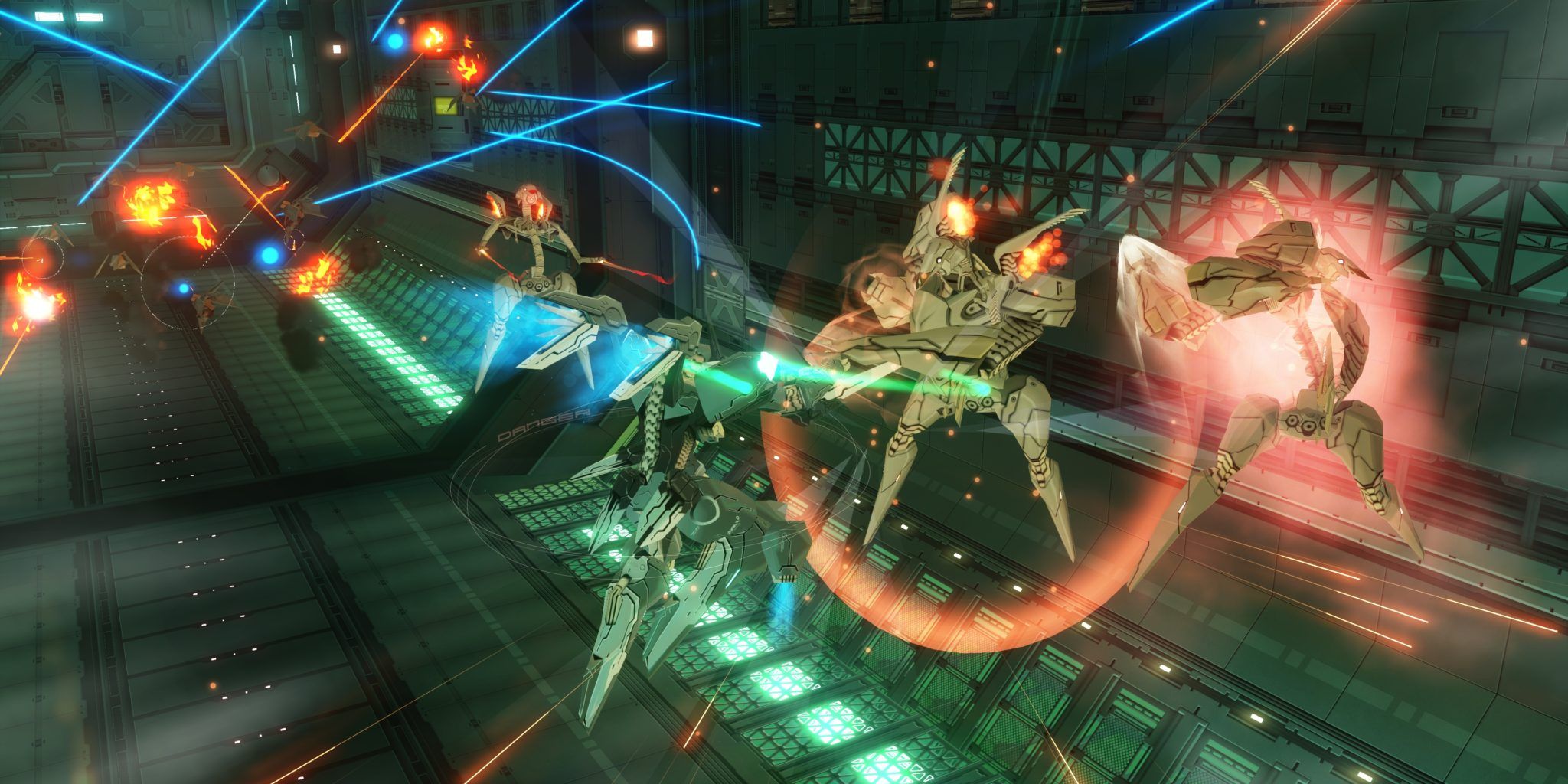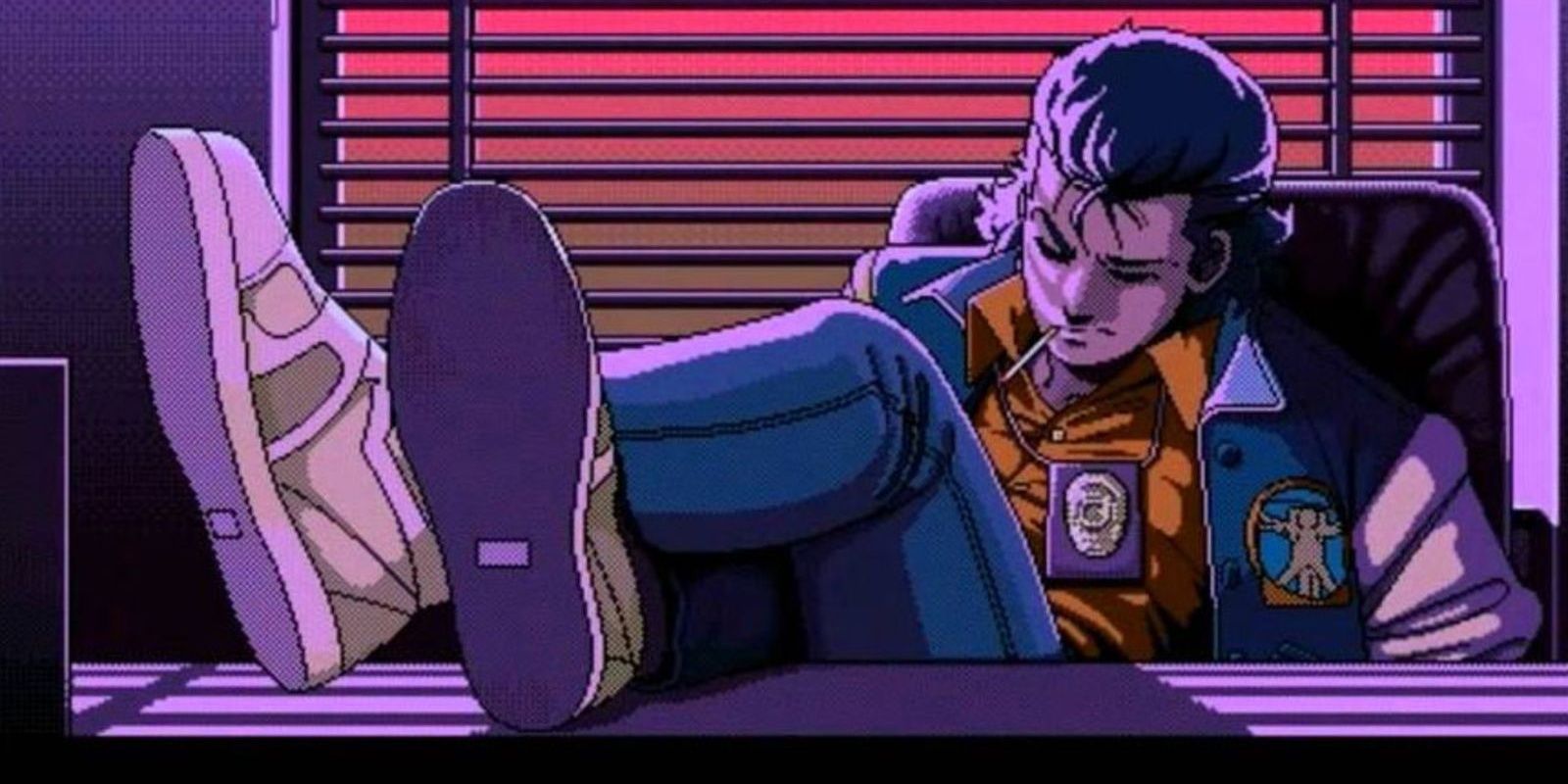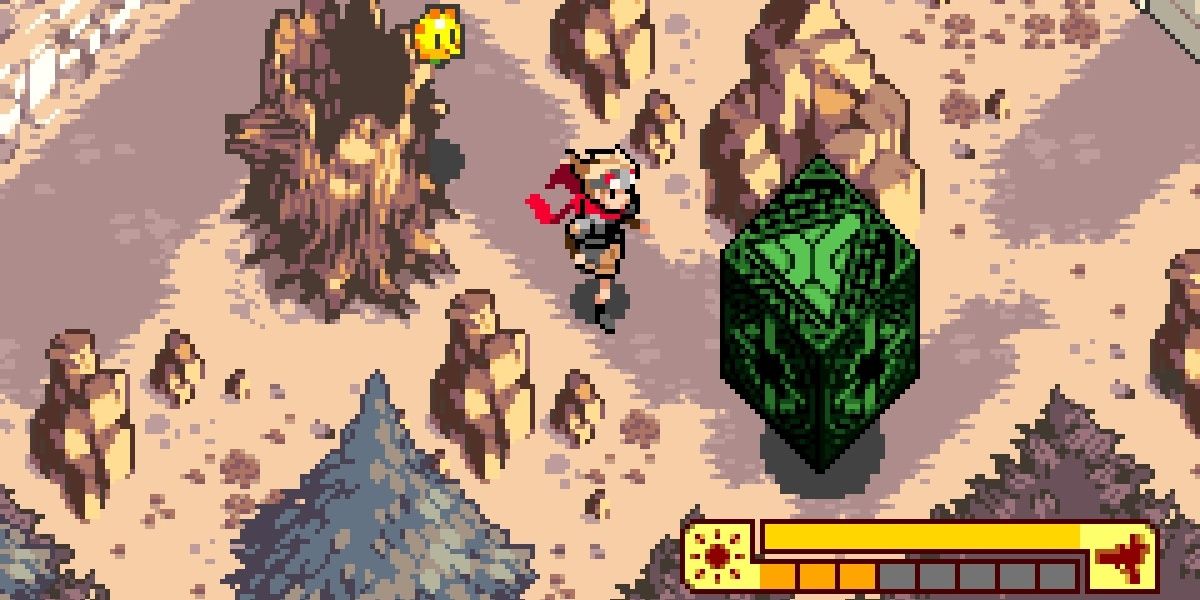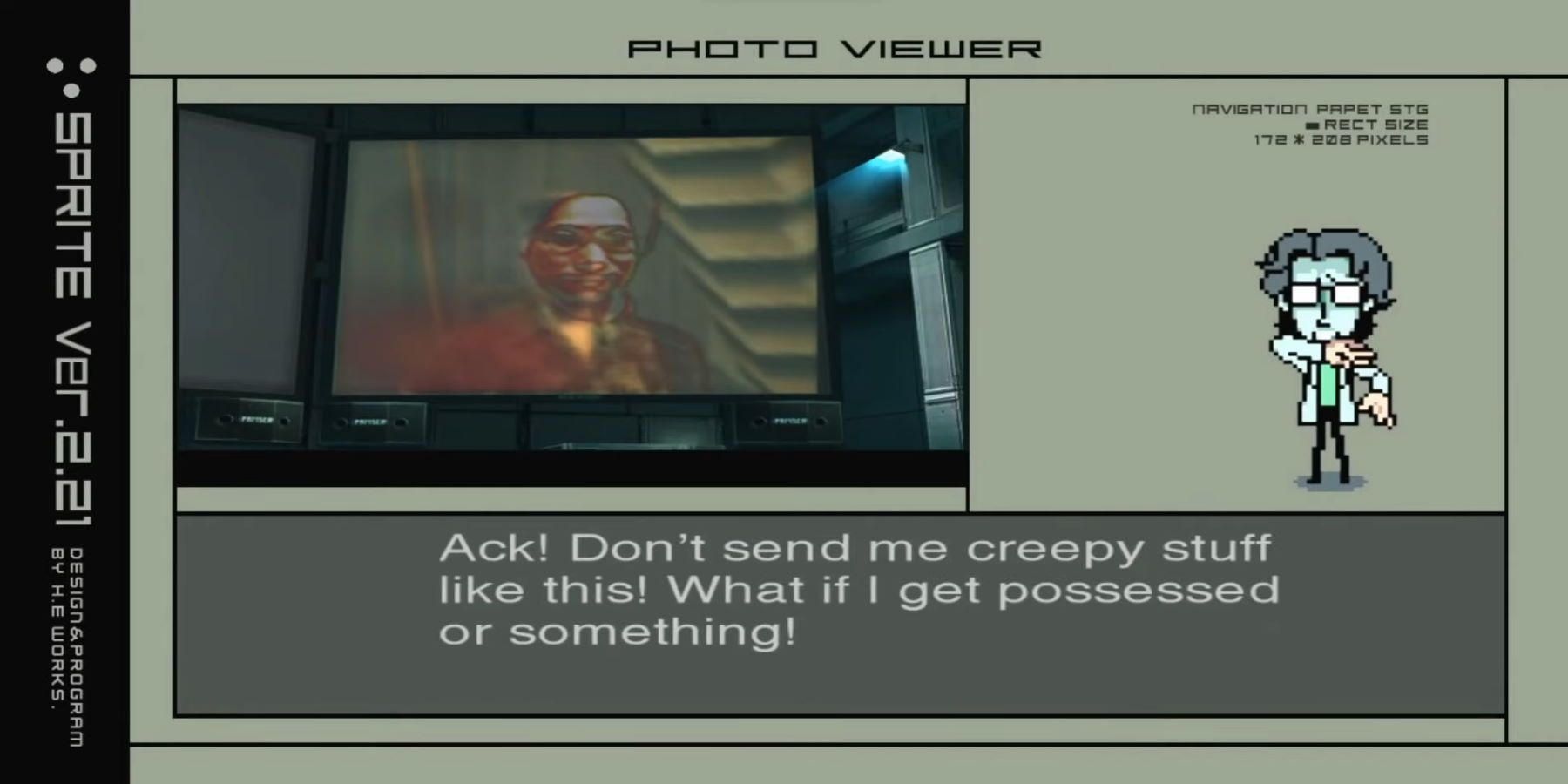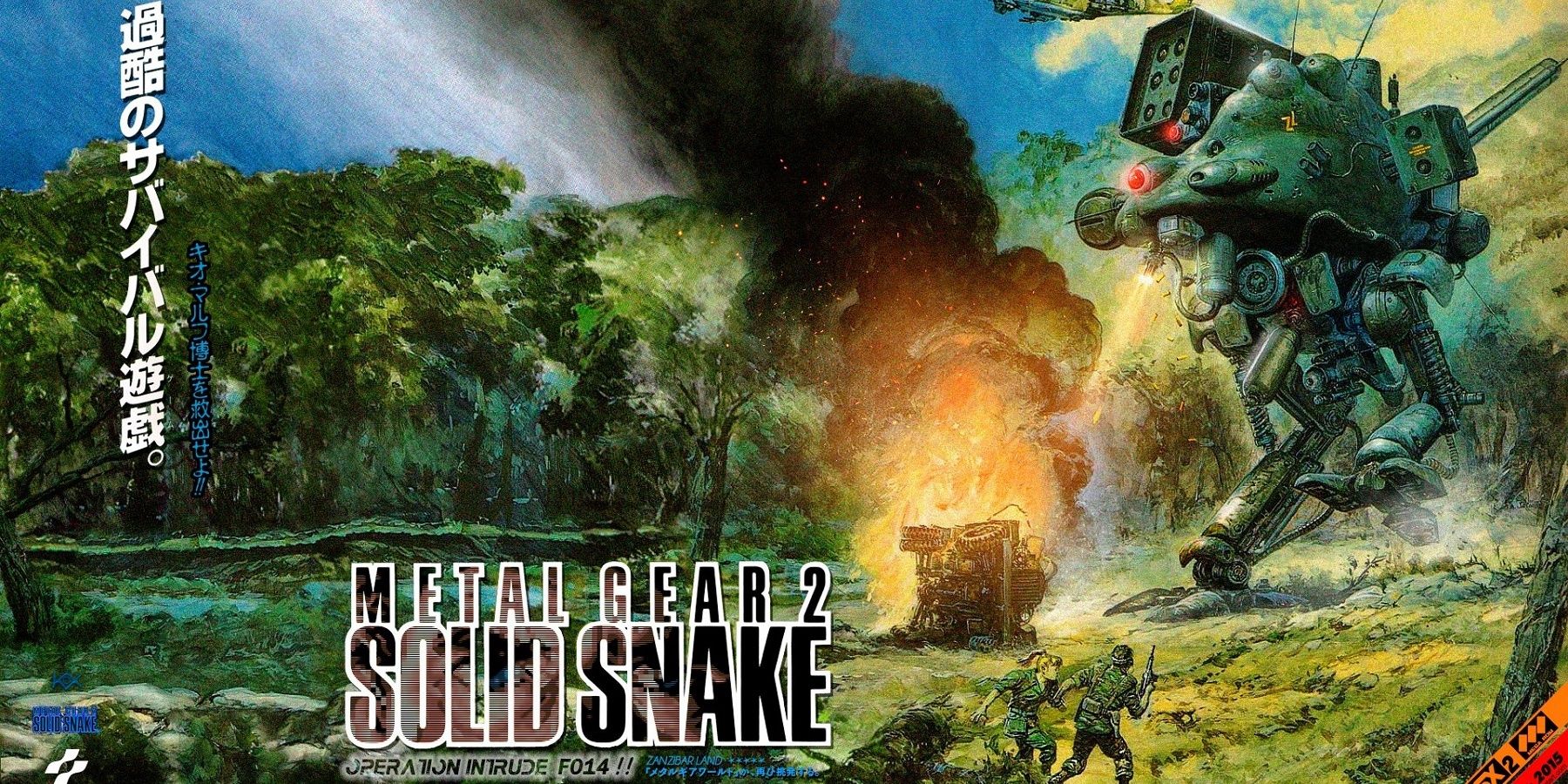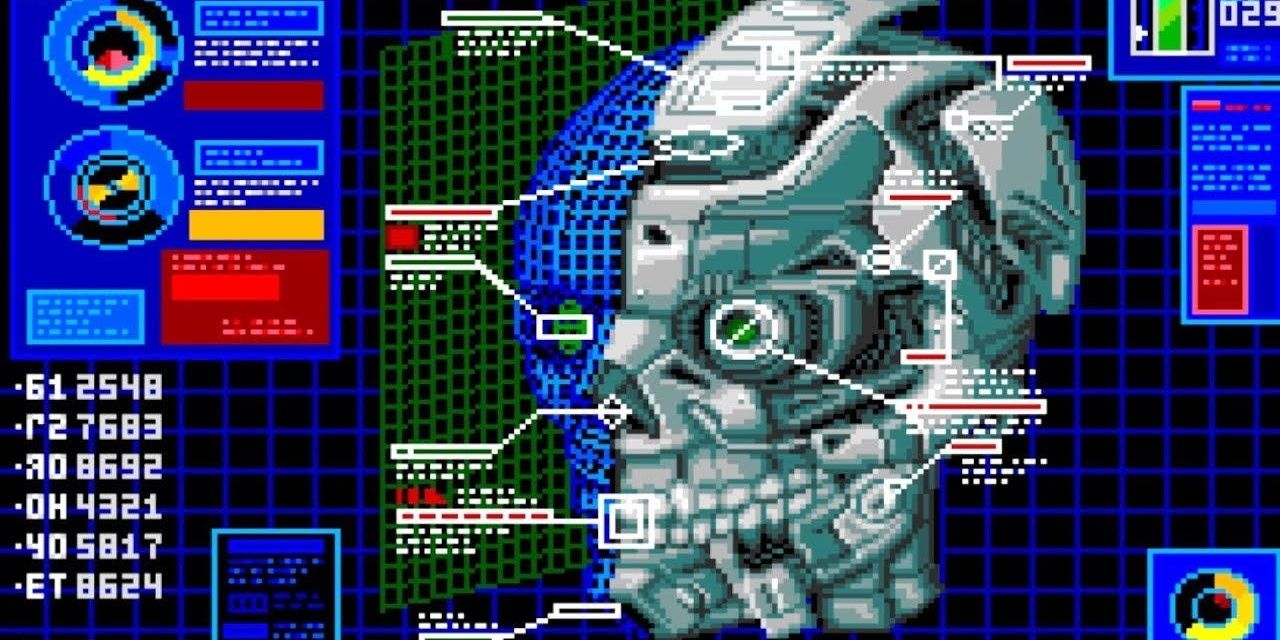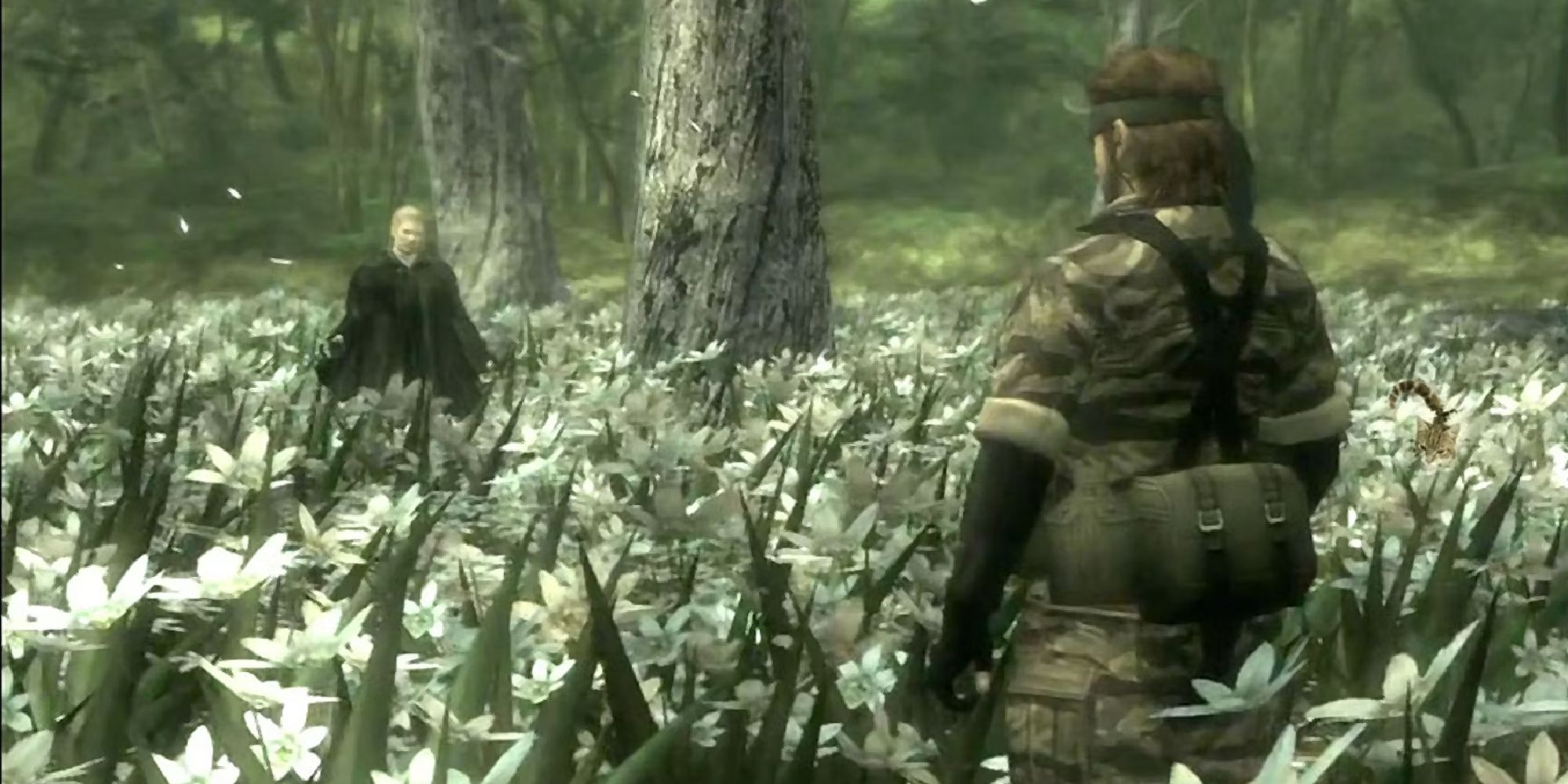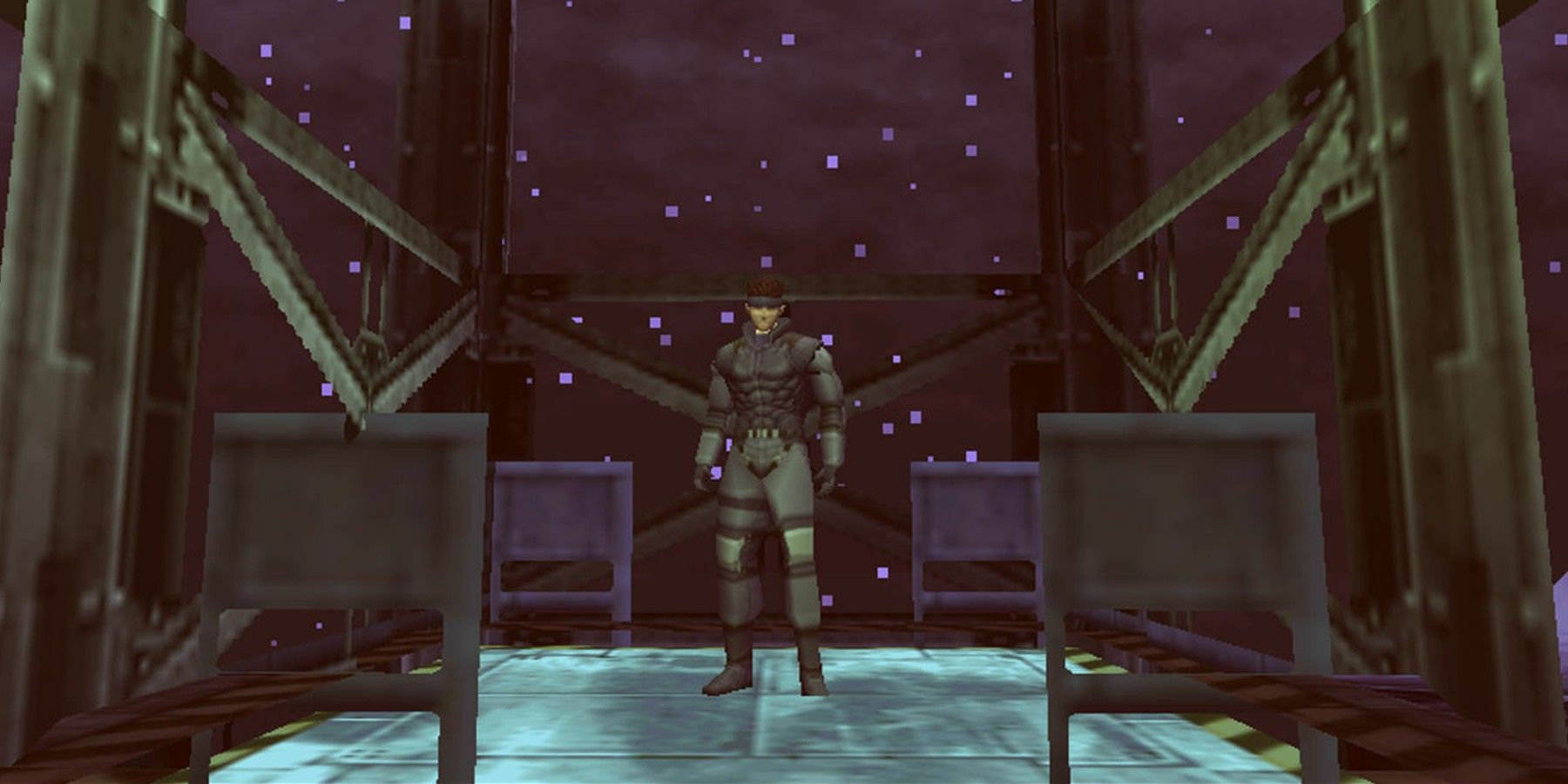Highlights
- Hideo Kojima's work can be convoluted, but at its best, it offers a unique gaming experience unlike any other.
- Some of Kojima's best games include Zone of the Enders: The 2nd Runner, Policenauts, and Boktai: The Sun is In Your Hand.
- Metal Gear Solid 2: Sons of Liberty and Metal Gear 2: Solid Snake showcase Kojima's narrative trademarks, while Metal Gear Solid is considered his most iconic game.
Like him or not, when Hideo Kojima gets involved with a project, it’s bound to get bizarre. At worst, his work can be convoluted, overblown, and overlong. But at best, they provide an experience unlike any other. He was offering cinematic experiences in video games when most other studios stuck to the “save friends, beat baddy” formula.
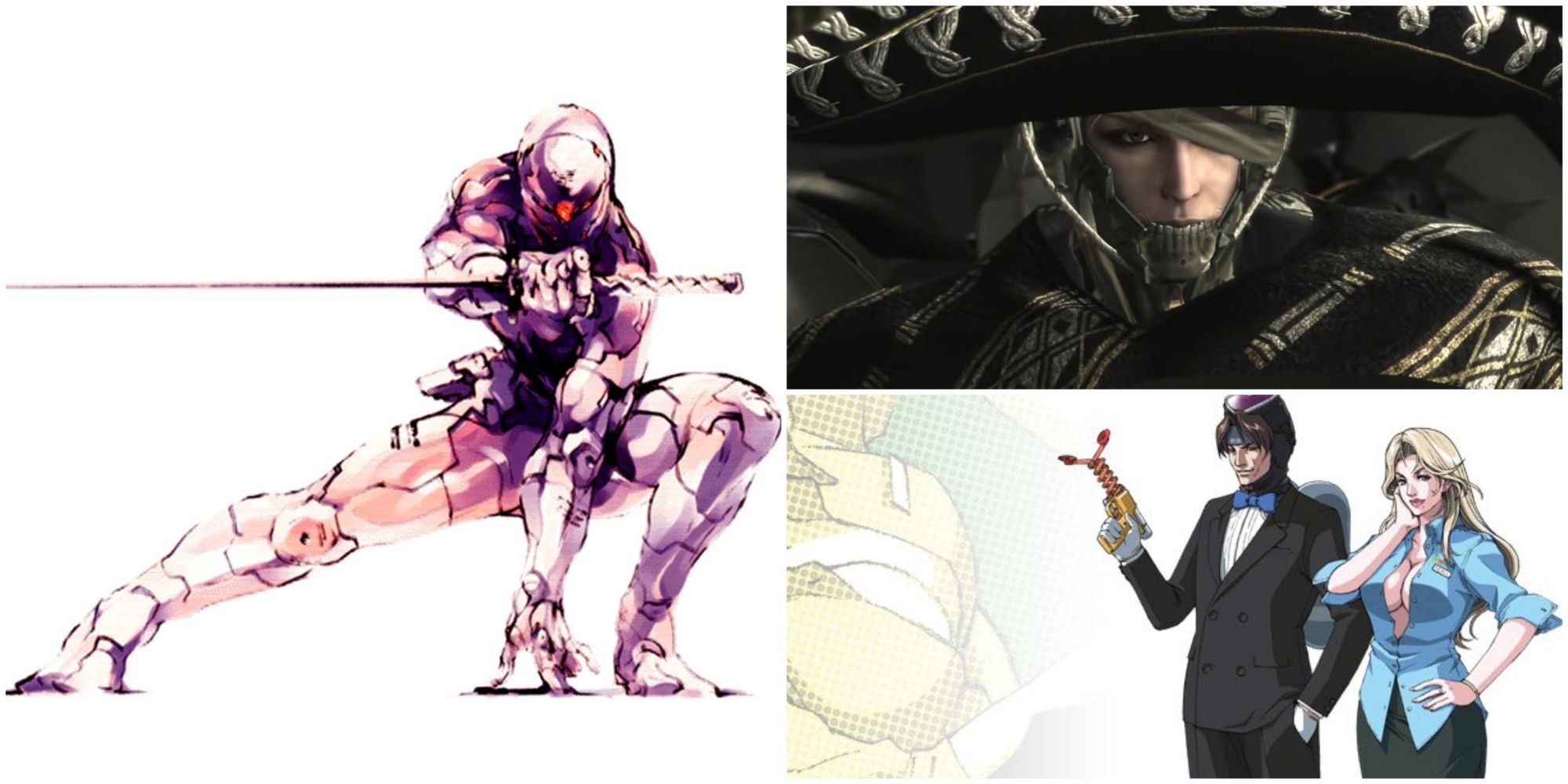
The Most Important People Behind Metal Gear (Aside From Hideo Kojima)
It takes a lot of people to work on a piece of media, especially video games, and it's time to show some appreciation for those behind Metal Gear.
From popularizing stealth action in games to smashing the 4th wall to freak players out, Kojima has left an indelible mark on gaming. That said, like any other developer, some of his works are better than others. If players want to see why he’s considered a big deal, they’ll have to check out the best games worked on by Hideo Kojima.
8 Zone of the Enders: The 2nd Runner
Metascore: 82
- Platforms: PlayStation 2 (original), PlayStation 3, Xbox 360 (HD Collection), PlayStation 4, PC (MARS)
- Developer: Konami
- Release: February 2003
- Genre: Hack 'n slash
Zone Of the Enders, or Z.O.E for short, didn’t come wholesale from Kojima alone. The story and mech concept actually came from director Noriaki Okamura, and the Orbital Frame designs came from Metal Gear designer Yoji Shinkawa. But Kojima was the producer and aided in the game’s development. Then he’d go on to have more involvement in the sequel, Zone Of the Enders: The 2nd Runner.
He picked out frequent collaborator Shuyo Murata as the sequel’s director & writer, and together they produced a bolder, longer, and more exciting mech slasher. Kojima's love for the series can still be seen in his subsequent games, from MGS: The Twin Snakes to MGS5: The Phantom Pain. But neither he nor Murata could get a 3rd game greenlit before their ousting.
7 Policenauts
GameFAQs Score: 4.5/5 Stars
- Platforms: 3DO, PC-9821, PlayStation, Sega Saturn
- Developer: Konami
- Release: September 1995
- Genre: Visual Novel
The 3DO wasn’t a success in the long run. It cost too much and its games weren’t exactly must-haves. Especially when those games would reach the more affordable PlayStation later anyway. However, it did give a lot of Japanese developers the chance to branch out, as Kojima did with Policenauts. It was the spiritual successor to his earlier visual novel game Snatcher, but not a direct sequel (though both are technically part of the Metal Gear timeline).
It followed former Policenauts Jonathan and Ed as they investigated a murder that led to a conspiracy involving the Beyond Coast space colony. It mixed up the talking, point & click sections with vehicle riding and shooting sections to pick up the pace, plus some brain-testing bomb-defusing sections. Shame it would never get officially released in the West. But it is now considered abandonware, and fans can get an English translation patch for the ROMs.
6 Boktai: The Sun is In Your Hand
Metascore: 83
- Platform: Game Boy Advance.
- Developer: Konami.
- Release: September 2003.
- Genre: Action RPG.
Developers usually try to get the most out of the systems they work with, which can be a thankless task depending on the hardware. But it’s not often that they turn their negatives into positives. Not in the way Kojima & co did with the Game Boy Advance anyway. The original model’s screen wasn’t backlit, which meant owners had to sit under lamps or in direct sunlight just to see the screen properly.
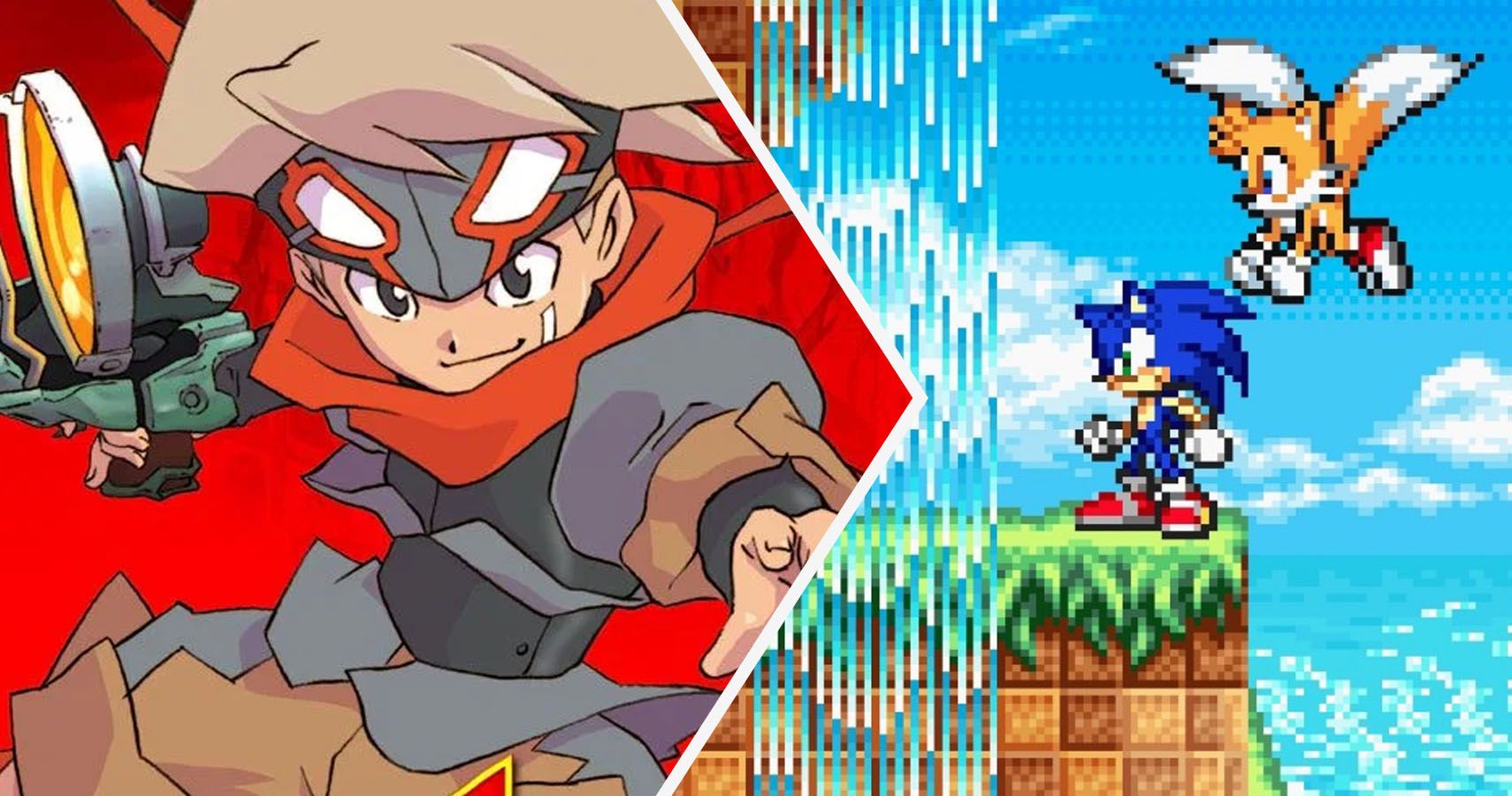
10 Games Still Trapped Exclusively On Game Boy Advance
The Game Boy Advance had a shorter life than the GB or GBC, but that doesn't mean it was in need of exclusives. In fact, the GBA may have too many.
Boktai: The Sun is In Your Hand took advantage of this with its cartridge’s light sensor. It lets the lead character Django charge up his Solar Gun's charges, giving him more ammo to use against dark, vampire-like creatures called Immortals. During the daytime (both in-game and for real), players could go guns blazing. Then at night, they had to think more tactically to make the most of their solar charges. It’s a novel game that used 4th wall breaking to aid its gameplay.
5 Metal Gear Solid 2: Sons of Liberty
Metascore: 96 (Original), 87 (Substance Re-release)
The story behind Metal Gear Solid 2: Sons of Liberty is as intriguing as the game’s own plot. On release, it received considerable backlash against its labyrinthine plot, its long cutscenes, and its bait & switch marketing. The trailers made players think they’d be going on another adventure with Snake, only to spend most of the game as its new pretty boy protagonist, Raiden. Some of these criticisms still hold true, as the game could’ve been streamlined better in hindsight.
Yet the ideas at its core about the nature of identity, societal control, and the impact of the internet on said society were ahead of their time for 2001. Likewise, Raiden went from being treated like a punchline to being an interesting meta-portrayal of the player. Like Raiden, they are also following whatever the developers set up just to feel like a super soldier. That, and he became a cool cyber ninja later on in Metal Gear Solid 4 and Metal Gear Rising.
4 Metal Gear 2: Solid Snake
GameFAQs Score: 4/5 Stars
One of MGS2’s plot elements was that the Patriots deliberately planned the Big Shell Incident to resemble the events of Metal Gear Solid 1. Yet that PS1 classic got most of its setpieces from its own forebear, Metal Gear 2: Solid Snake. The ambush on the elevator, the mad dash up the tower against soldiers, and a cyborg ninja fight, among others, all originated in MG2 before turning up in MGS1.
The MSX’s limitations famously led Kojima to turn his run 'n gun idea into Metal Gear’s stealth gameplay. But once those limits were taken off via the MSX2's extra memory, he was able to establish the series' narrative trademarks. The dramatic plot twists and anti-heroic characters will make Metal Gear fans of all eras feel right at home. As would the 4th wall breaks (the MSX2 saves the day!) and its admittedly silly sequences (poisonous Zanzibar hamsters!).
3 Snatcher
GameFAQs Score: 4.5/5 Stars
However, Western fans wouldn’t get MG2 until 2006 via Metal Gear Solid 3: Subsistence. In fact, Kojima’s work would be thin on the ground outside Japan until MGS1. They only had the NES port of MG1, which didn’t involve Kojima directly, and curiously enough, Snatcher, his first visual novel game. Even then, out of its multiple ports, the only one that got an English release was the Sega CD version.
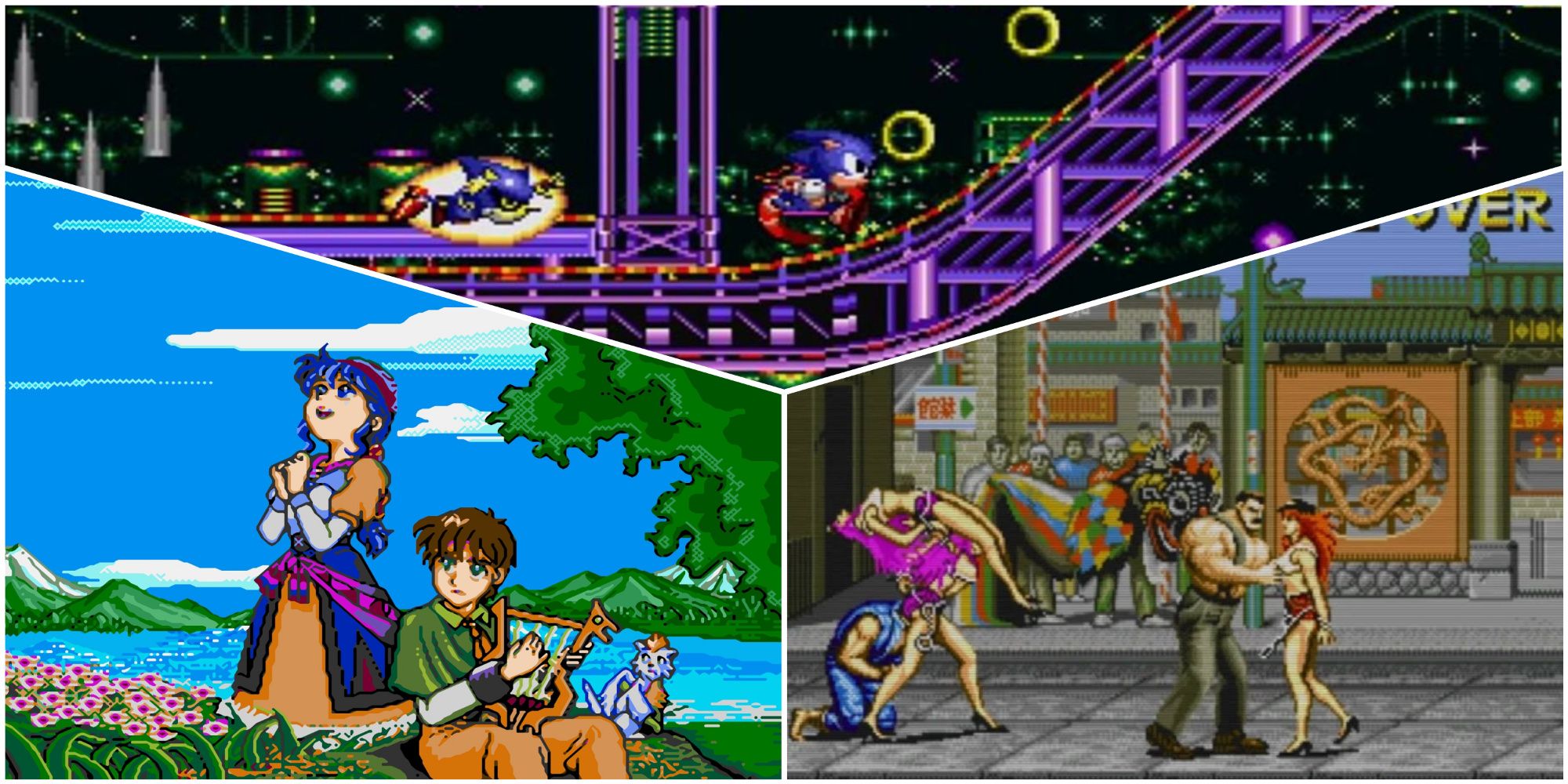
Best Sega CD Games, Ranked
The Sega CD may have been considered a commercial failure, but it had some great games that are still fondly remembered.
Konami wanted to put out a game similar to Lethal Enforcers, and Snatcher’s grid-based shooting segments fit that bill. But it largely plays like the investigative elements of Ace Attorney, as Gillian Seed and his robot buddy Metal Gear look into the titular murderous robots. Being the older game, it’s not as technically impressive as Policenauts. Yet it tells a stronger story that’s as intriguing, funny, and touching as Kojima’s best works.
2 Metal Gear Solid 3: Snake Eater
Metascore: 91 (original release), 94 (Subsistence re-release)
If tactical espionage action is more up people’s alleys than point-and-click action, they can’t get much better than Metal Gear Solid 3: Snake Eater. It’s considered one of the greatest video game prequels ever made, alongside Yakuza 0 and Devil May Cry 3, as players see how the original Naked Snake became Big Boss. All it took was betrayal, a conspiracy, and a world-threatening superweapon.
Some of its elements are a little clunky, like the repeated returns to the Start screen to change camos and weapons. But the camouflage added a new dimension to the sneaking, the boss battles were more inventive than before, and their designs were even weirder (a man who controls bees!). The plot also hit the heartstrings in a way the other entries in the series haven’t. It’s Metal Gear’s peak of success on all fronts.
1 Metal Gear Solid
Metascore: 94
So, why is MGS3 playing second fiddle to its PS1 predecessor Metal Gear Solid? In retrospect, it’s almost a near-remake of MG2, with a few differences (Meryl from Policenauts!). The gameplay holds up, though players are used to the sequels' first-person shooting and CQC might have trouble adjusting to its simpler, auto-aim setup. But it takes the top spot here because it was how most people got introduced to Kojima to begin with.
Japanese fans had better access to his work, but even then, his games were quite niche. MGS1 took the best parts of MG2, threw in its own innovations like the Psycho Mantis boss fight, and wrapped it up in a plot that’s enthralling without being excessively long like MGS2 and MGS4 were. It’s what got fans excited for its sequels, made Solid Snake a video game icon, and made Kojima one of the most famous game developers in the world.

